The Plight of the Entry-Level Luxury Car
Acura TSX, BMW 3-series, Cadillac CTS. Excellent cars? Yes. Luxury cars? Hardly.
I’ve taken the time to contemplate the subject of luxury manufacturers recently. More specifically, I have been considering the ultimate value of the entry-level “luxury car”. Two very different cars started my mind’s wheels turning. One was a result of a brief conversation I had about the value of the Cayenne to Porsche.
I must confess that I have never been very excited about the Cayenne. This is probably due to my stick-in-the mud thinking that an SUV should be rugged and designed for off-road use or for towing or both: I’m thinking Chevy Suburban and Jeep Wrangler. What the Cayenne has done is bring new buyers into the fold (and quite a lot of them) due to the size of the segment in which the Cayenne competes. Many would argue that this vehicle has helped keep Porsche afloat. I must agree with this. However, what concerns me is that the Porsche brand has ultimately been watered down. If there is a Porsche on every block, then the appeal of owning some of the more exotic models is diminished. Am I actually saying that selling more cars is bad for a company? If it means selling them under the nameplate of a premium brand, then yes. Though the Cayenne is hardly entry level, it could be considered so by normal Porsche standards.
The other car that has made me question the benefit of entry-level luxury cars was spurred on by my search for a ‘new’ tow vehicle. The Cadillac Fleetwood is the only car built in the last 20 years that has a 7000-pound towing capacity. I have surfed through eBay and the classifieds and I am struck at what a pretentiously elegant car the Fleetwood is. Yes, it has a Chevy V8 under the hood and had questionable build quality by today’s standards. But what makes this car stand out in my mind is that you didn’t see a whole lot of them on the road, and when you did, you knew the owner had money. Cadillacs were expensive and relatively limited in volume even through the 1990s, the Cimarron notwithstanding. The Cadillac lineup used to be filled with cars like the Fleetwood – remember the Eldorado convertibles from the 1970s, or the sedans from the ’60s with stacked headlamps and decklids that emphasized the car’s length? Not everyone could afford a Cadillac and the styling made sure that you knew this was an exclusive car. Today we have some very excellent and competitive Cadillacs in all sorts of price ranges. Think about it, we have the CTS, the SRX, the STS, the DTS, the XLR and lest we forget some very derivative Escalades that share nearly as many exterior body panels with their Chevy and GMC counterparts as the much lamented Cimmaron shared with the Cavalier and Sunbird. I can’t help but wonder if some of this isn’t hurting the Cadillac brand image. And the Escalade is the least of my concerns because of its sky-high price.
What concerns me is the success of the CTS and SRX. They are all over the place. These are great cars, but I fear that so many of them on the road are making Cadillacs so common that we are losing reverence for the make. It seems to me as if history is repeating itself. Back in the years leading up to, and then after, World War II many of the luxury carmakers struggled to find a way to stay in business by selling luxury cars in a market where demand was drying up. Auburn-Cord-Duesenberg made the mistake of selling three luxury brands during and after the depression. All their eggs were in the same proverbial basket. Packard anticipated the downturn in premium priced cars by offering an entry-level luxury car called the Packard Clipper. The car sold well—but too well. As most automotive historians agree, the Clipper essentially won the battle but was one of the major factors in losing the war. Selling the Clipper made the rest of the Packard line less exclusive. Packard could have taken a lesson from its contemporary rival, Cadillac. From 1927 to 1940 Cadillac sold a companion make called the LaSalle. This allowed Cadillac dealers to sell to a lower price bracket while keeping the premium cars truly premium. When the depression subsided Cadillac dumped the LaSalle and largely kept its cars out of Buick’s price territory. Conversely, Packard never recovered from the tarnished image the Clipper produced, and by 1959 was gone from the market entirely.
But the market has changed. Younger buyers want their premium cars right now. They want their premium cars to come in all shapes and sizes. They want their premium brands selling further and further down market. Cadillac must sell the CTS in order to keep pace with the “luxury” cars from Acura, Lexus, Infiniti, BMW and even Mercedes Benz. Is this what we really want? Does a Lexus LS seem that exclusive to anyone other than a car enthusiast? Does an S-Class really look more expensive than a C-class? And does the general public even know that an Acura TSX is supposed to be a different car than an Accord? The Lexus RX has been the best selling luxury car for the past few years—something that competes in an overlapping price range with a Ford Explorer. Problem is, Chevy sells more vehicles priced over $40,000 than any other manufacturer. Buying a Lexus or Cadillac no longer puts one in an exclusive brand, and this price range is no longer exclusive to premium nameplates.
Now we are seeing some of the luxury carmakers trying to figure out how to keep their image exclusive. Mercedes made a less than successful attempt to bring in a separate top-end brand with Maybach. Cadillac is toying with the idea of a V12 sedan to compete in even higher price segments. The question remains whether this will work. Cadillac used to draw buyers due to the exclusive nature of the brand. Will a V12 Cadillac buyer feel they have an exclusive product when tens of thousands of CTSs are roaming the streets? Does an S-class buyer want the same name on the decklid as someone who spent half as much money on a C-class? Probably not. BMW has the same problems. I used to be impressed when I saw a BMW because they were somewhat scarce and they were definitely expensive. Now you see the 3-series everywhere. Yes, this is a result of BMW building an excellent car, but it is perhaps too accessible.
I believe Acura is slowly realizing why it has less of a premium reputation. Just look at its entry-level cars. It sold the Integra, which was heavily based on the Civic. While the Integra had quite a following, it was never viewed as a luxury car. Can you imagine if Cadillac sold a car as competent as the Integra in that market? Critics would say that they had sold out, gone downscale, despite the goodness of the product. Now that the Integra’s replacement, the RSX is gone, perhaps this luxury brand will finally begin to be exclusive—though the re-branded European Accord-based TSX isn’t helping either, as good of a car as it is. Of course, dumping the Legend and Integra names hasn’t helped either, but that’s another issue for another day.
Another car that bothers me is the Jaguar X-Type. I remember the early TV spots for this car. They were essentially bringing attention to the fact that Jaguars were now accessible to everyone; basically claiming that now everyone could have an exclusive car. Excuse me, but doesn’t that defy the whole definition of exclusivity? Really, there is no luxury manufacturer exempt from this trend. Acura has the TSX, BMW has the 3-series (and soon the 1-series), Cadillac the CTS, SAAB the 9-3, Volvo the C30 and S40, Jaguar the S-Type, Lincoln the Zephyr (aka MKZ), Mercedes the C-class, Lexus the ES and IS, and Infiniti the G35 (thank goodness the G20 is gone…).
So what is a manufacturer to do? How far downscale should a luxury brand go? GM once had a simple and effective solution for this problem. Create brands for each price category. It gave customers something to move up into—from Chevrolet, to Pontiac, to Oldsmobile, to Buick, to Cadillac. There was no need for an entry-level luxury car at Cadillac because that was what Buick was selling. Sadly, our culture has changed. Young people are unwilling to wait until they are 50 or retired to buy the Cadillac. They want it now. I would argue that the manufacturers are not to blame for this—we, as consumers, are.
How long will Cadillac and Lexus and Porsche be viewed as exclusive or premium? Will they eventually create upper brands in order to find a new level of exclusiveness once the current brands are pushed too far down market? That’s one answer. The other is that the consumer could settle for a Buick or Toyota badge and wait for the gray hair to come in before indulging in a Cadillac or Lexus. Of course, Buick and Toyota would have to be offering something like the CTS and IS for this to work and it would force BMW to offer a companion brand other than Mini (seems to me they had bought Rover for this exact purpose but bailed out of the project before we saw this come to fruition). Unfortunately, it seems unlikely that the culture would embrace this even if the product lines shifted accordingly. And with that, our beloved luxury brands will no longer represent what we ultimately want them to.
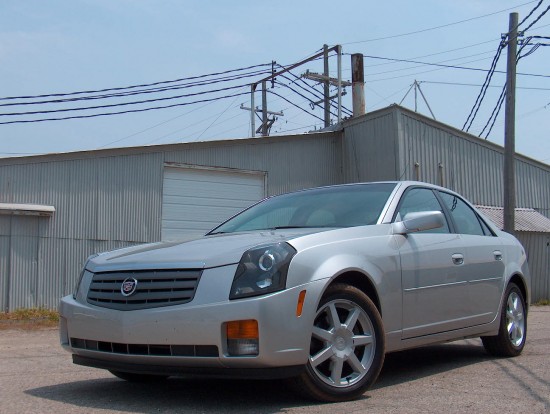
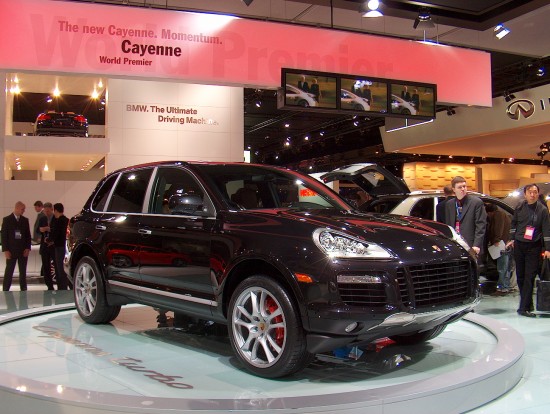
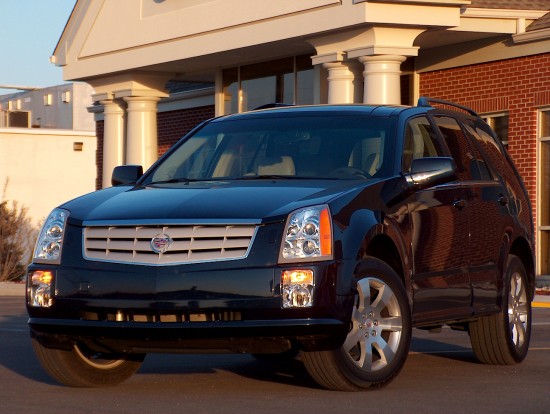
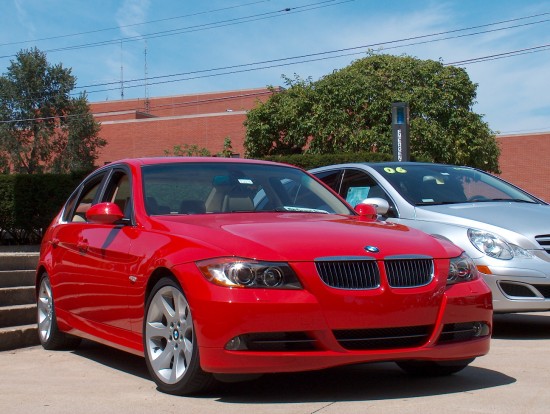
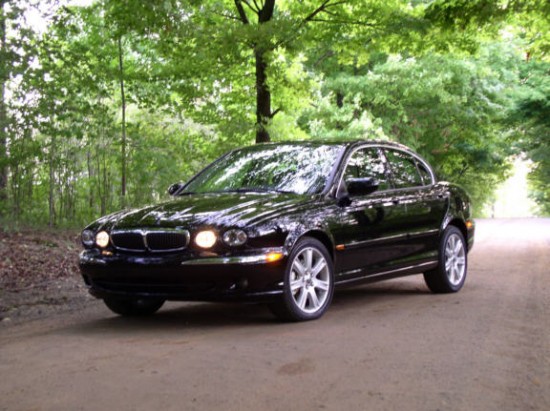







You must remember that Packard was an independant make. Cadillac was part of the GM empire, and while there was less parts sharing than there was in say, the 70s on, there was still a corporate-wide economy of scale. As the auto industry became more technology driven, and more advertising driven, the independants simply could not compete. It costs just as much to design an engine whether you sell 80,000 or 800,000. Until very recently, Mercedes and BMW were stand-alone makes, and the R&D needed to be spread out. Also, Europe was not as brand concious as Bill Mitchell’s America, and a given make would cover a lot of market area. Maybe I’m just getting old, but I remember all too well when Saab and Volvo were more considered a move up from the VW beetle, not a true luxury or near-luxury car.
Also, the Acura, Lexus, and Infiniti cars were never considered more than a marketing ploy to move their products upscale in North America. As I understand it, those products that do have parallels in Europe and Asia are sold under the parent brand name.
True – Packard’s demise had much to do with its independence, and then marriage with an also-troubled automaker. I think, however, that my point wasn’t made very clear in that I think offering Clipper as a completely separate make (as it eventually and breifly was) would have been better for Packard’s image. Regardless, I still admire most every Packard ever produced and wish the make had survived to give Cadillac and Lincoln yet another worthy competitor.
I appreciate your recolleciton of Saab and Volvo as moves up from the VW Beetle! My father bought both a ’67 Volvo 122S and then a ’73 SAAB 99E, viewing both a relatively frugal cars. I also had an uncle who bought an early ’60’s BMW (unfortunately I can tell you little about it except that it was not an Isetta, barely had a back seat, and was powered by a motorcycle engine). My relatives tell me he bought that BMW because a Volkwagen was too expensive! It seems few people realize that these three brands were targeting a much different market than they are today.